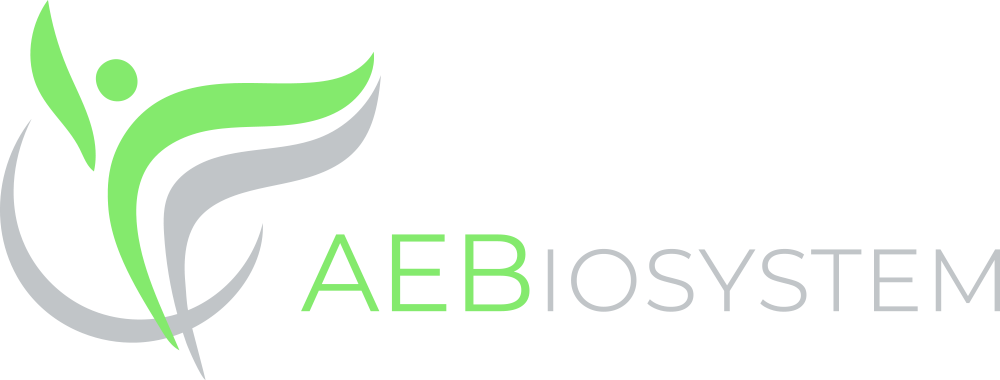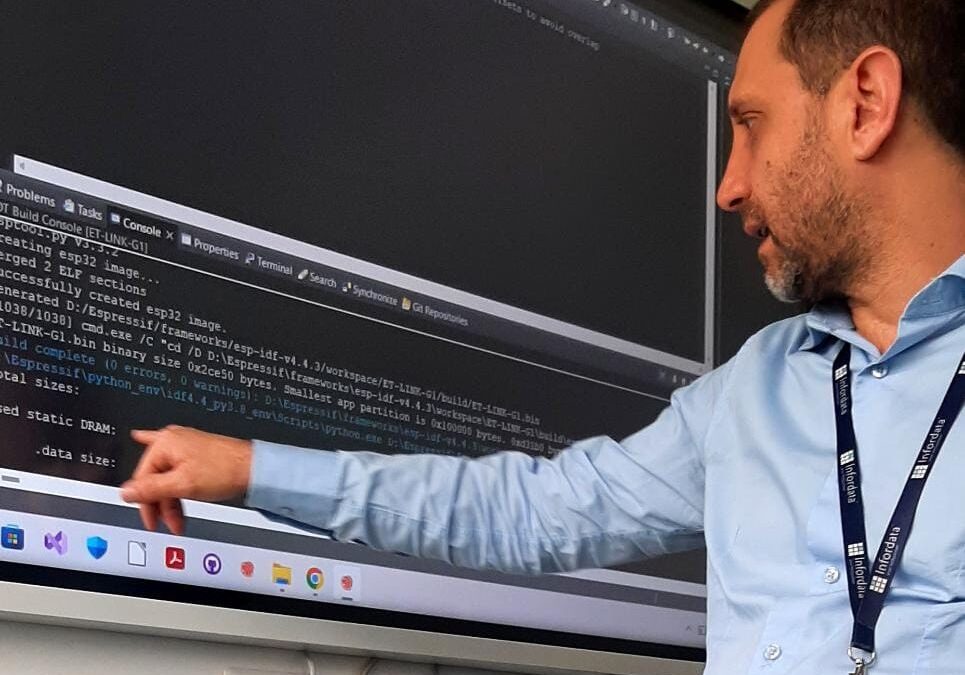Vis-à-vis Corporate Training: the counter-trend
As John Dewey’s theory of education recalls, «The best way to learn something is to put it into practice».
Corporate training is a form of investment and involves a range of activities designed to
foster the personal and professional growth of employees. The ISO9001 and ISO13485 standards themselves,
provide for an employee’s continuing education plan that should be planned on an annual basis. It can
be carried out by a professional internal or external to the company who will be responsible for identifying the needs
organizational, professional and individual, and the related training objectives, so as to develop a training plan
training compatible with the company’s needs.
The purpose of training, is to bring
to the company:
- Increased productivityù
- Increased efficiency
- Increased competence, happiness and motivation
- Lower staff turnover
Having established the needs, the trainer organizes the next stages, namely:
– Design the training course by defining the tools and methods needed to carry it out;
– Carrying out the mode of the course: online or vis-à-vis;
– Measuring the results and effectiveness of the training.
Regarding the second point there is to say that in times of crisis there was a need on the part of the company to
cut expenses allocated to training since traditional classes involved an expenditure of time
and money, for organizing courses, finding a physical space, and transportation and accommodation costs.
E-Learning eliminates much of these expenses and provides the opportunity:
1. To provide continuous training without lengthy organizational steps;
2. To train more employees at the same time, without organizing travel;
3. To reduce the cost of organizing courses;
4. Offer a variety of multimedia content available online and continuously updated;
5. Make schedules and times of use flexible so the employee can customize his or her schedule;
6. To reach geographically distant areas;
7. Of learning what is needed when it is needed at one’s own pace of understanding.
Among the difficulties of e-Learnig:
1. Lack of interactivity: the main difference between online learning and the classic lecture
classroom is the lack of vis-à-vis interaction with the teacher and fellow students;
2. Cyber security attacks due to geographically dispersed workforce;
3. Risk of user abandonment;
4. Visual and sleep disturbances due to hours spent in front of PCs;
5. Technical difficulties: compatibility issues with operating systems and mobile devices, the unfamiliarity
familiarity with the use of new technologies for some individuals, the need for a PC with a good
Internet connection and to possess some computer skills;
6. Lack of motivation: a mechanism whereby sometimes the correlation between a course and
own work is not clear;
7. Sense of disorientation: due to the lack of a physical figure to interact with and confront
directly; compounded by the lack of a physical location;
8. Lack of engagement: with endless sequences of charts and lists the user cannot
assimilate the content and may get bored, going to compromise the training plan;
9. Lack of practice: many online courses underestimate this aspect and focus on the
transmission of content.
This can make us reflect on the resistance many users have had to training
online. Human contact is the quid that Online Training lacks. In vis-à-vis Training we find
undoubtedly limitations including the need to travel to reach the course venue, the impossibility
of organizing time according to one’s schedule, but nothing can replace the aspects that are good for
to the company:
> Human contact and the team spirit created among workers;
> Unanimous learning level due to face-to-face lectures;
> Greater motivation in finishing the training course started and achieving the goals;
> Increased socialization with other users due to direct confrontation;
> Direct interaction with the lecturer, which in turn leads to immediate feedback;
> You do not necessarily have to have a PC with an Internet connection and have computer prerequisites;
> Increased productivity as a result of increased worker skills;
> The opportunity to improve work processes, relationship with one’s clients, and professional skills;
> The sense of accomplishment and fulfillment felt by workers once they achieve their goals;
> The serene and positive climate.
Because what gives value to the company is seeing one’s colleague or boss commit to teaching.

